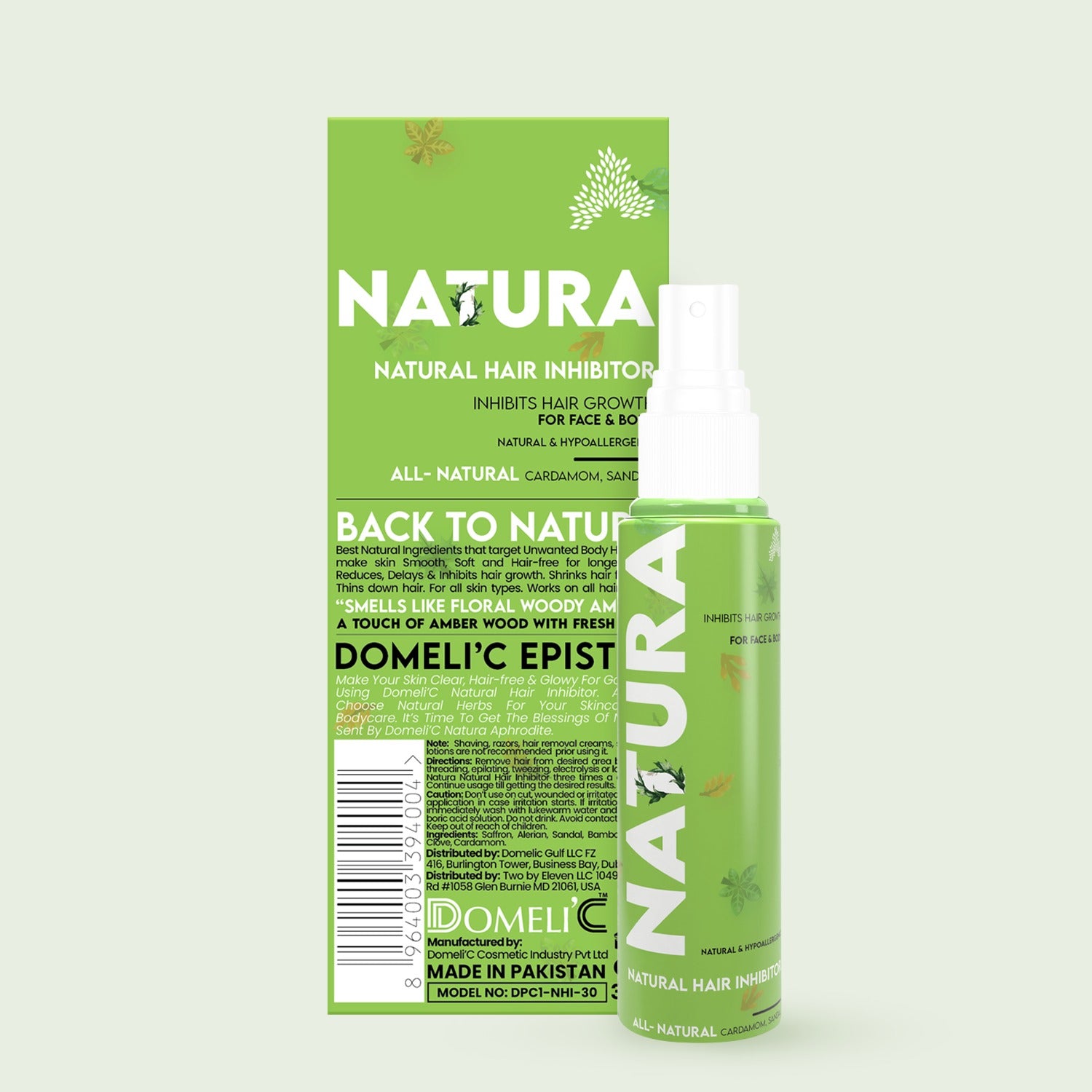With so many hair removal methods available on the market, it can feel like you're lost in a jungle of options. This guide serves as your map, leading you through traditional and innovative approaches to natural hair removal, all while keeping a focus on natural and holistic wellness.
Electrolysis
Electrolysis is the only FDA-recognized permanent hair removal method. In this treatment, a trained technician inserts a fine probe into the hair follicle and applies an electrical current, thereby destroying the follicle’s ability to regrow hair. It requires multiple sessions for a completely hair-free result.
Key Takeaway
If you're looking for a one-time investment for a hair-free future, electrolysis might be your go-to option. However, prepare for multiple sessions and a higher initial cost compared to other methods.
Depilatory Creams
Depilatory creams work by dissolving the hair's protein structure with chemicals, making it easy to wipe or wash away. They are convenient for use at home and usually offer results that last up to a week.
Key Takeaway
Ideal for those who prioritize convenience, but be vigilant about conducting a skin patch test to rule out allergic reactions or irritation.
Hair Growth Inhibitors: The Long-Term Strategy
Natural Hair growth inhibitors don't remove hair but instead slow down its growth rate. They work by inhibiting the enzyme that stimulates hair growth, making them a longer-term strategy for maintaining smoother skin.

Key Takeaway
Great for those looking to reduce the frequency of other hair removal methods. Be patient, as results are gradual and require consistent application.
Facial Hair Removal: Addressing a Sensitive Issue for Women
Women often struggle with facial hair removal due to the sensitivity of the skin in areas like the upper lip and chin. Natural masks made from egg whites, turmeric, and lemon juice offer a gentle alternative to chemical methods.
Key Takeaway
For sensitive areas, consider natural remedies. They may require consistent application but come with fewer risks of irritation or chemical exposure.
Men’s Hair Removal
Back Hair Removal for Men
Waxing strips designed for large areas can offer a quicker, albeit temporary, solution for back hair removal.
Leg Hair Removal for Men
Men can opt for depilatory creams that are formulated to be effective on coarser hair.
Key Takeaway
While many hair removal methods are universal, men often have specific needs due to coarser hair and larger areas of coverage. Choose your method based on the area you wish to target.
Ingrown Hairs: Prevention, Identification, and Treatment
Ingrown hairs occur when hair grows back into the skin, causing irritation and inflammation. Exfoliation, proper shaving techniques, and warm compresses can help prevent and treat these issues.
Key Takeaway
Consistent skincare, including regular exfoliation and moisturization, can significantly reduce the chances of experiencing ingrown hairs.
Common Mistakes to Avoid: Guarding Your Skin’s Health
Be cautious of selecting the wrong method for your skin type, skipping patch tests, and neglecting aftercare, as these can lead to various skin problems, including irritation and infection.\

Conclusion
With a better understanding of the advantages and disadvantages of various hair removal methods, you can now make an informed choice tailored to your lifestyle, skin type, and wellness philosophy.
Dive into the world of premium, natural skincare—visit us online.
Frequently Asked Questions
Q. Is electrolysis better than laser hair removal?
Both offer long-term solutions but differ in terms of cost, pain level, and effectiveness on different skin tones.
Q. How long do the effects of hair removal creams last?
Effects can last up to a week but depend on individual hair growth rates.
Q. What are the risks associated with depilatory creams?
Skin irritation and allergic reactions are the primary concerns, making patch tests essential.
Q. Can natural remedies be effective for hair removal?
Effectiveness varies, but consistent use can offer noticeable results over time.



